In the early 1900s, new forms of entertainment completely changed the music world. The rise of vaudeville shows, the invention of the phonograph, and the energy of dance halls helped make ragtime and jazz popular across the United States. These platforms took music from small communities and brought it to a national audience, creating a cultural shift that connected people through sound and rhythm and set the stage for America’s most iconic musical genres.
The Complicated Legacy of Minstrel Shows
Minstrel shows played a strange and complex part in the story of ragtime and jazz. These performances, which started in the 19th century, often featured white performers in blackface who imitated and exaggerated African American music and dance styles.
While these shows were built on harmful racial stereotypes, they unintentionally introduced elements of African American musical traditions to mainstream white audiences. The rhythms and song structures used in minstrelsy, derived from Black culture, caught the public’s attention.
This created a difficult situation for Black musicians. To gain access to wider audiences, some African American artists had to perform within the minstrel format. This meant they could share their rich musical heritage, but often at the cost of reinforcing negative stereotypes. This complicated relationship laid some of the groundwork for ragtime and jazz, showing how Black artistry found a way to shine even in a deeply prejudiced environment.
How Vaudeville Shows Spread New Sounds
Vaudeville was a key player in bringing ragtime and jazz to the American public. These were variety shows, like a live-action playlist, featuring a little bit of everything to entertain the crowd.
The structure of vaudeville was perfect for new and exciting music. A typical show was a series of short, unrelated acts that kept the energy high and the audience engaged. This format made it easy to slide in a ragtime piano solo or a small jazz band between a comedian and a dance act.
- Musical performances
- Comedy skits and monologues
- Dance routines
- Magic acts and acrobatics
Performers saw how much audiences loved the syncopated, lively beats of ragtime and the improvisational fun of jazz. Vaudeville became a cultural melting pot where these genres were introduced to people from all walks of life. It gave musicians a platform to experiment and win over new fans, embedding these sounds into the heart of American entertainment.
The Phonograph: Bringing Music into the Home
Before the phonograph, you had to go out to hear music. This invention was a complete game-changer. For the first time, people could listen to their favorite songs in the comfort of their own homes.
The rise of record players made music more accessible than ever before. You no longer needed to be in a big city or afford a ticket to a show to hear the latest ragtime hit. This technology helped create a national audience for artists who were previously only known locally.
The phonograph closed the distance between musicians and listeners, allowing legends like Scott Joplin to become household names. People could play a record over and over, learning the tunes and falling in love with the new, exciting sounds of jazz and ragtime. This led to a huge increase in music sales and created a shared musical culture across the country.
Dance Halls and the Social Craze
Dance halls became the vibrant social centers of the early 20th century. They were places where people gathered not just to listen to music, but to participate in it. Live bands, often playing jazz and ragtime, provided an infectious beat that was impossible to resist.
These venues fueled the popularity of dances that became symbols of the era. The most famous of these was the Charleston, known for its energetic and wild movements. Dancing the Charleston became a national craze, and it was perfectly suited to the rhythms of jazz.
| Dance Name | Key Characteristics |
|---|---|
| The Charleston | Energetic kicking and arm movements |
| The Foxtrot | Smooth, progressive dance with long, flowing steps |
| The Lindy Hop | An athletic partner dance with swings and aerial moves |
More than just places for fun, dance halls were important social spaces. They were among the first public venues where people from different backgrounds could mix and mingle freely. This social interaction, centered around the shared love of jazz and ragtime, helped break down social barriers and turned these music genres into a core part of American culture.
Radio’s Power to Reach a Nation
Radio emerged as another powerful tool for popularizing ragtime and jazz. With the turn of a dial, music could travel across the country, reaching millions of people at once. This medium transcended the geographical and social barriers that had previously limited a musician’s reach.
Radio stations quickly began featuring jazz and ragtime in their programming. Broadcasts brought the sounds of lively bands and talented soloists directly into American living rooms, creating a nationwide audience.
This was especially important for African American artists. Radio gave Black musicians a level of national exposure that was often denied to them in segregated live venues. Legendary figures like Louis Armstrong and Duke Ellington became stars thanks to their radio appearances, influencing countless other musicians and helping to advance the conversation about race and culture in America through the power of music.
Frequently Asked Questions about Early Jazz and Ragtime
What new form of entertainment helped popularize ragtime and jazz in the early 1900s?
The phonograph, or record player, was a key invention that allowed music to be recorded and sold. This made ragtime and jazz accessible to people in their own homes, greatly increasing its popularity.
How did live shows contribute to the rise of jazz?
Live performances in vaudeville shows and dance halls were crucial. They exposed diverse audiences to the exciting rhythms of ragtime and jazz and created a social scene around the music.
What was the role of sheet music?
Sheet music was very important, especially for ragtime. It allowed people to play songs like Scott Joplin’s “Maple Leaf Rag” on their own pianos, helping the music spread before recordings were common.
Did radio play a part in making jazz famous?
Yes, radio broadcasts in the 1920s brought jazz and ragtime to a massive national audience. It was especially important for giving African American artists exposure they couldn’t get elsewhere.
How did dance halls change American society?
Dance halls were important social hubs where people from different backgrounds could interact. They helped break down some social barriers and made jazz and ragtime central to American social life.

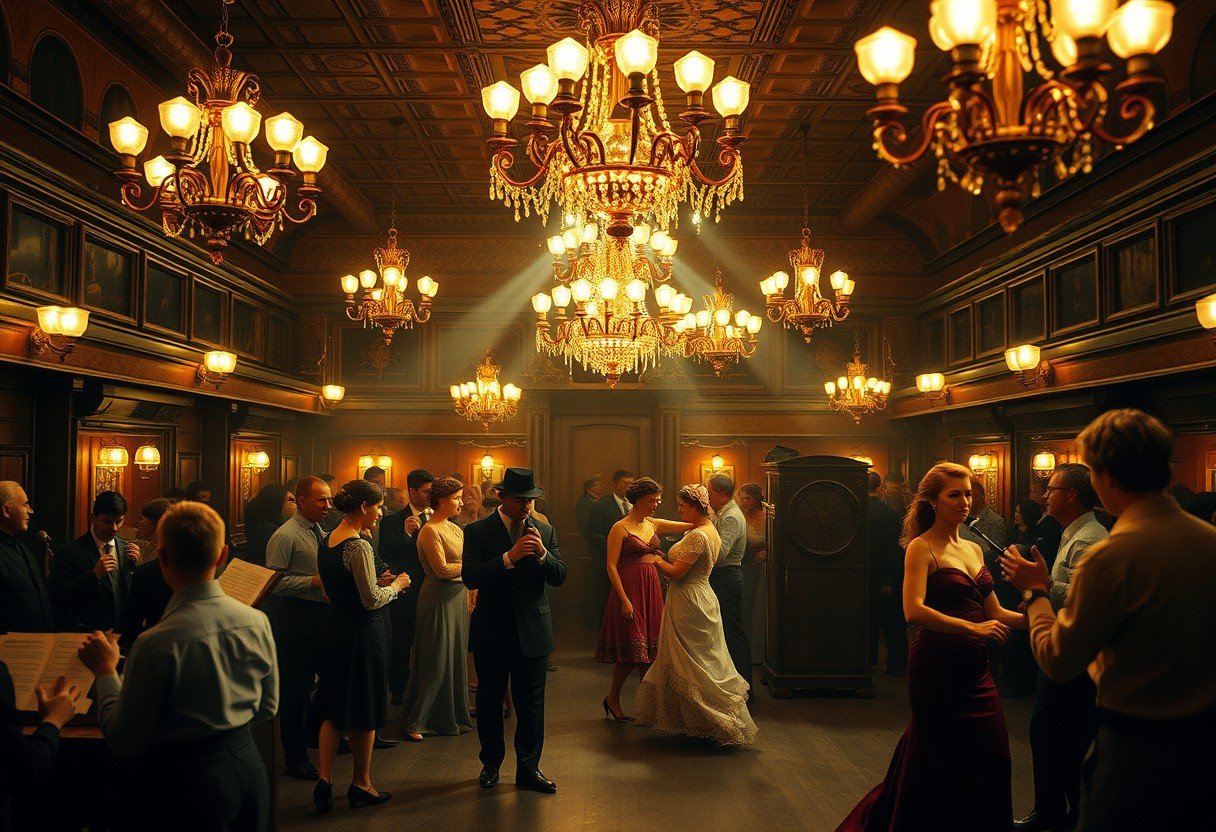

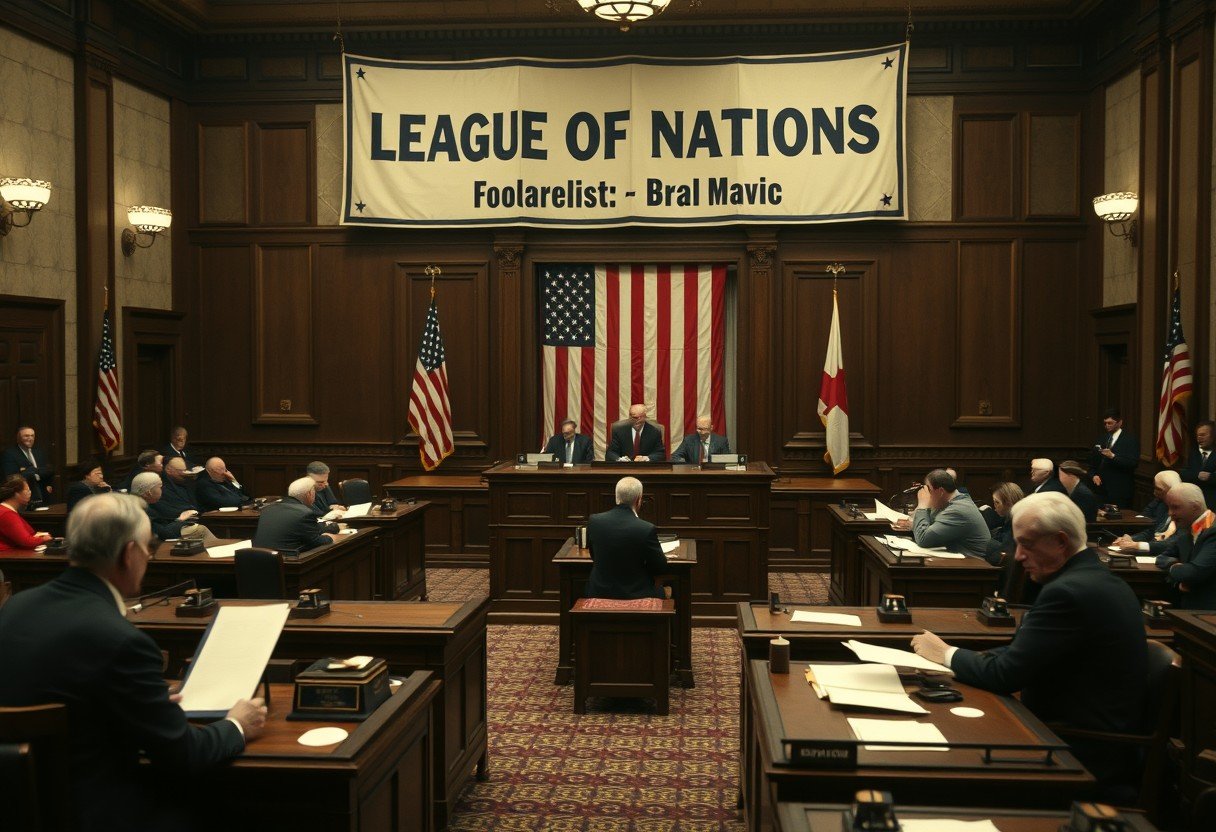
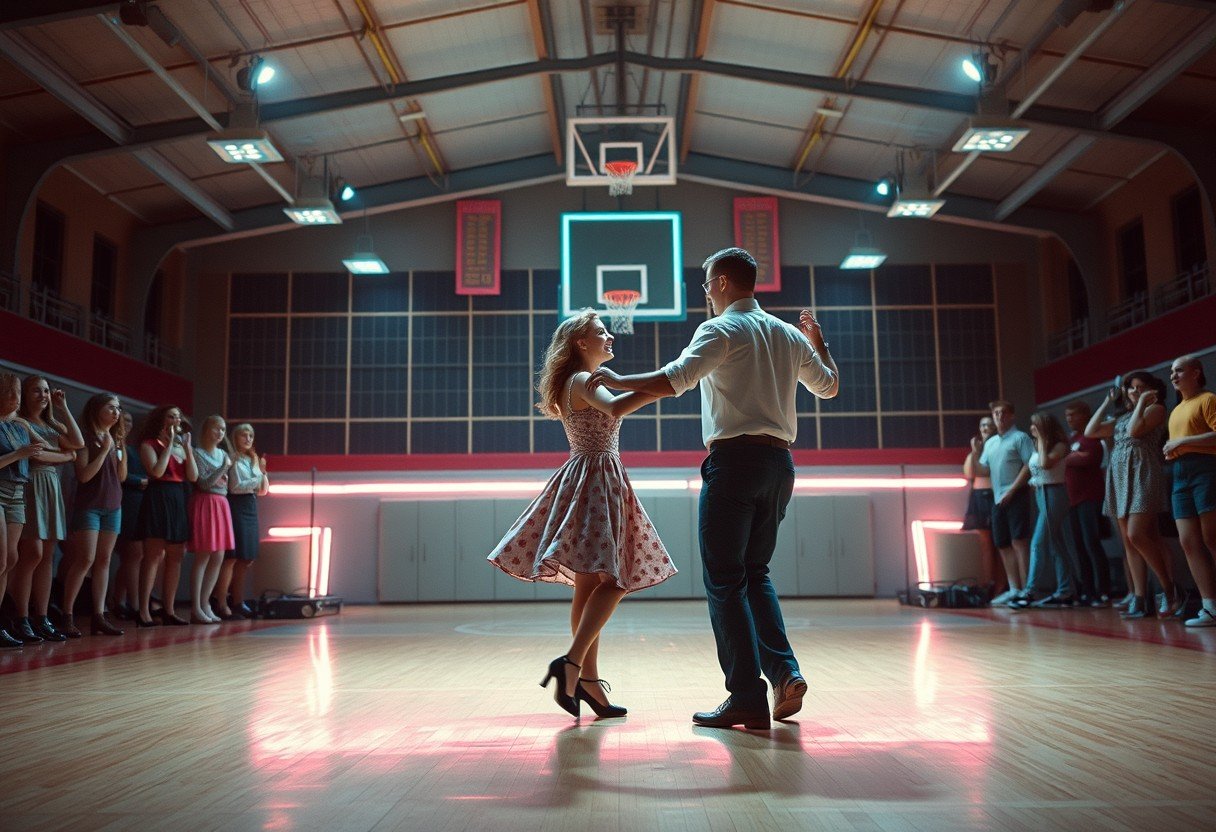
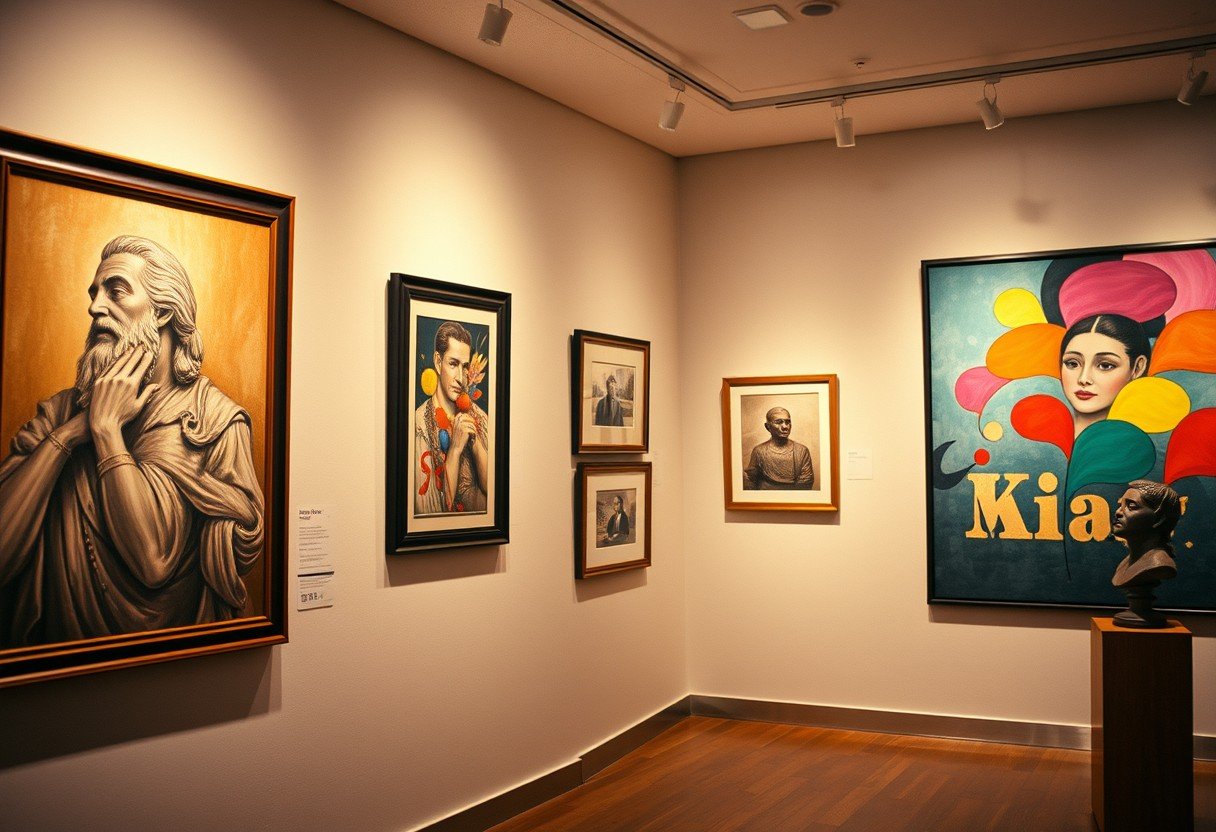
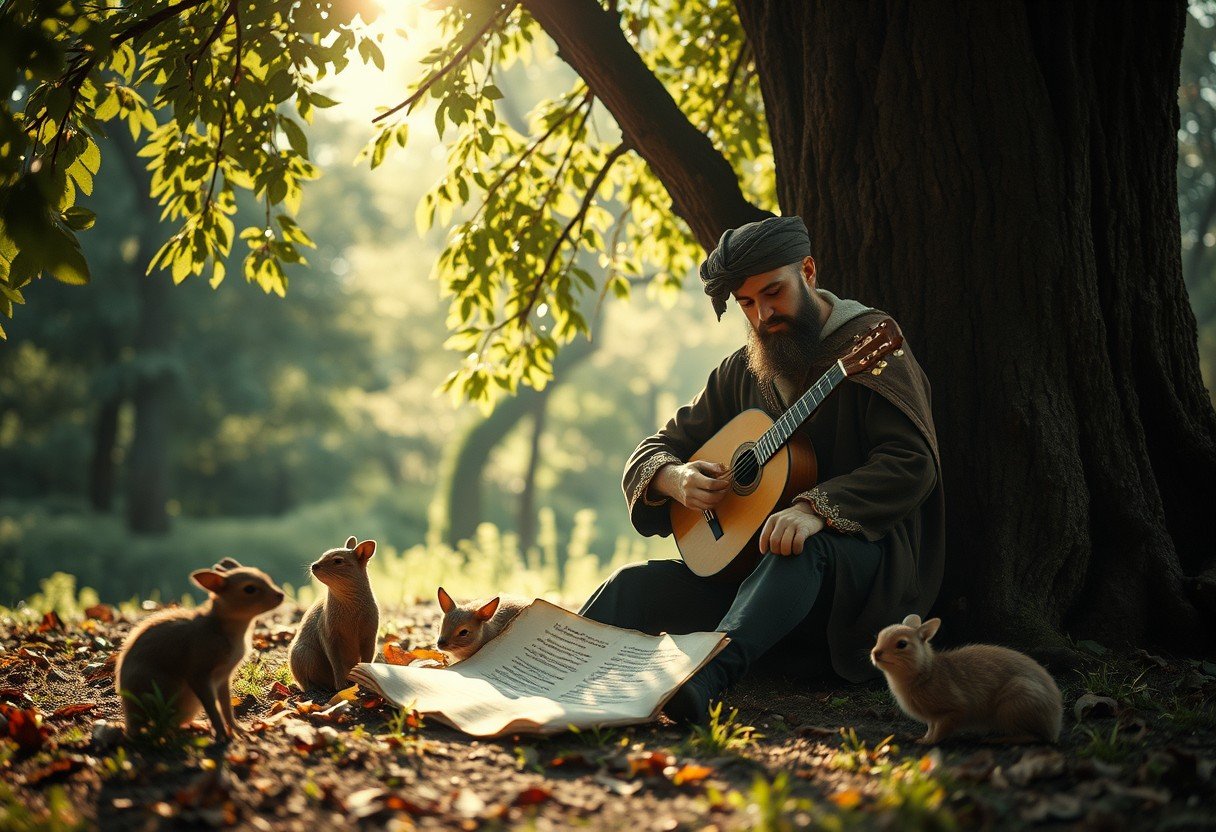
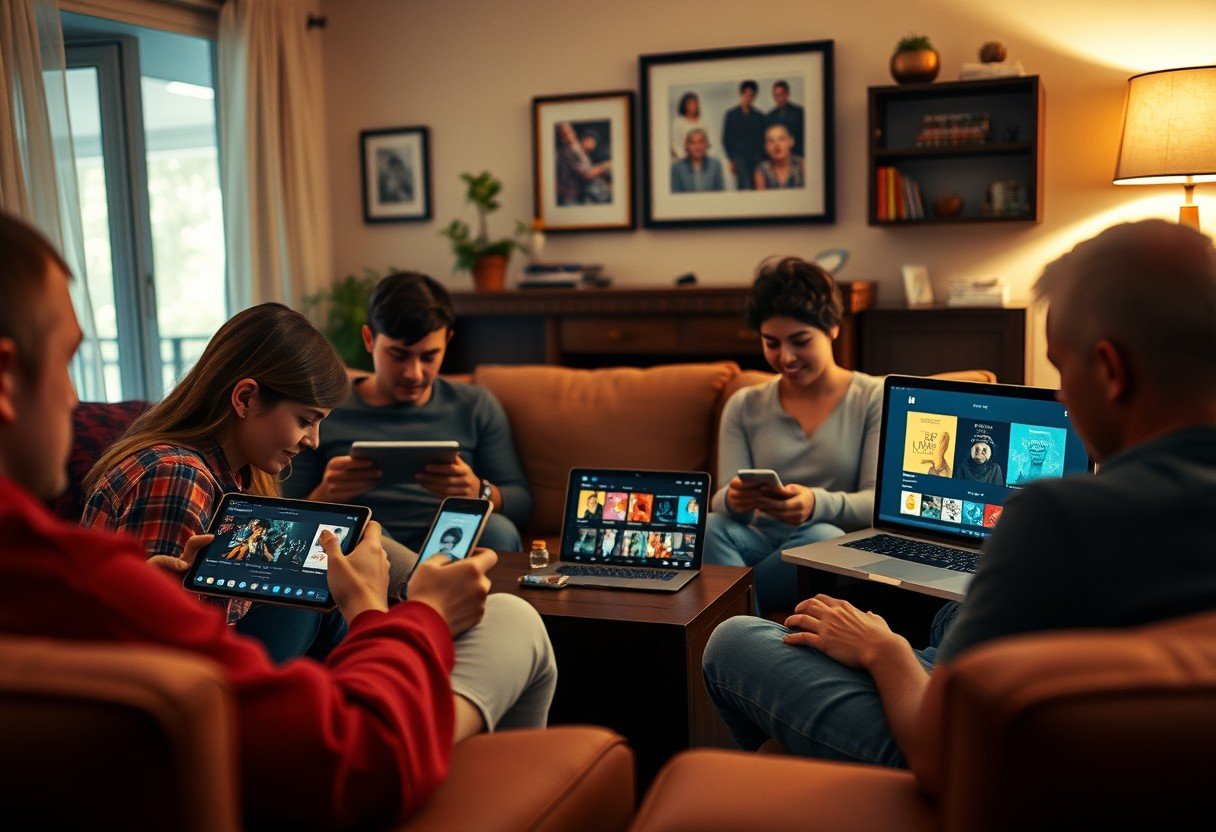

Leave a Comment